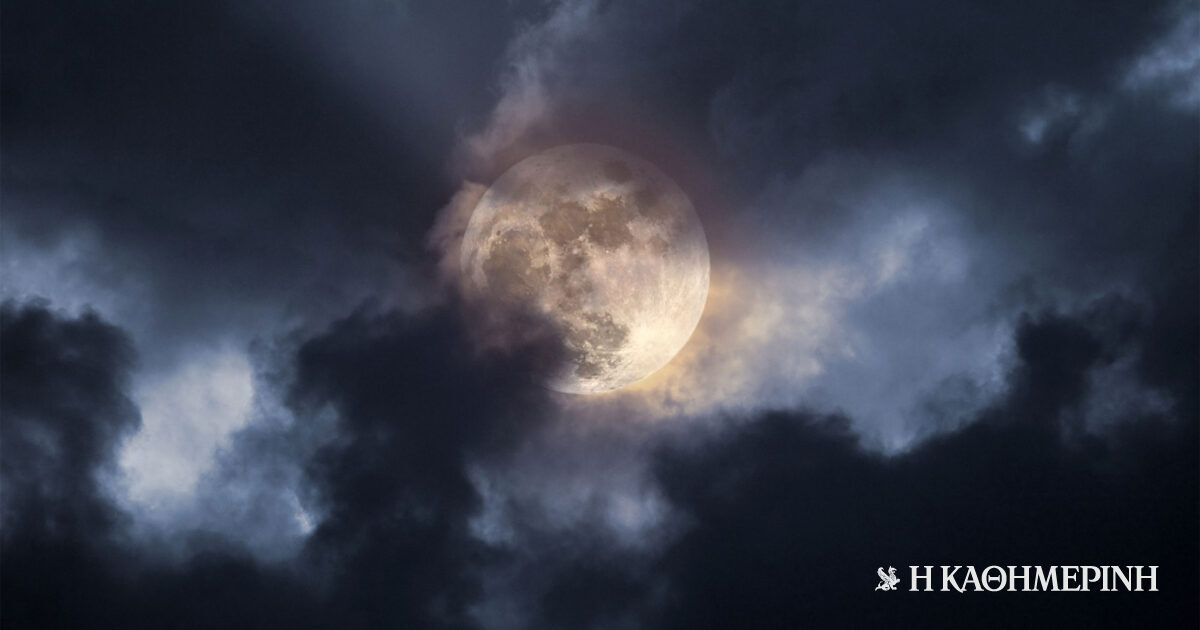
Fred Hoyle
Black cloud
Translated by: Thodoris Peratus
References: Richard Dawkins
Torque Edition, 2023, p. 340
Many people know him Fred HoyleFamous English astrophysicist, as the man who gave his name to the Big Bang Theory. A proponent of steady state theory himself, he introduced the term Big Bang in 1950 to mock the theory that was about to be eclipsed by the weight of observational data that would come to light a few years later.
And perhaps little does Hoyle know, he is a novelist who, through his books, tried to bring science into the homes of as many people as possible. His first thought, and perhaps his greatest thought, was this “Black Cloud” Which was published in 1957. Although it falls within the category of science fiction works, it is a book full of difficult and real science. As Hoyle himself states in the book’s introduction, “very little of what is in the book could not have actually happened.” According to Richard Dawkins, who signed the introduction to the Greek edition, “…without lecturing us, Hoyle manages, as the story unfolds, to teach us a remarkable science in the making: not only scientific facts, but important scientific principles. We can see “How scientists work and how they think. It delights and inspires us.”
At the same time, Hoyle manages to craft a fascinating and compelling story, one that grabs you on the first page and doesn’t let go until you finish it at dawn. A stormy thriller that develops on a scientific, political and social level. This highlights the complexity of the relationships between the scientific community that recommends and the political institution that decides. This brings us face to face with a miserable environmental future. Which confirms the humility of man’s arrogance in the face of the issues that nature can unexpectedly present to him. Which tries to take a position on what life outside Earth might be like. It shatters the common belief that science is infallible but at the same time shows that it is the best way we have in trying to understand the world. Which puts on the carpet the big questions that have preoccupied man since time immemorial.
the end of the world;
As for the story in which all of the above is intertwined: astronomers in England and America make an amazing discovery: a dark interstellar cloud heading rapidly towards our solar system. If their calculations are correct, the cloud will soon be between Earth and the Sun, which could have unimaginable environmental consequences for our planet. With the fate of every living being on Earth at stake, world leaders assemble a team of brilliant scientists to tackle the problem. But when they discover the truth about the cloud’s origin, they will be forced to reconsider everything they thought they knew about the nature of life in the universe. But are politicians ready to support the new situation?
If we look at this wonderful novel with nostalgia, we focus on its conclusion: “Do we remain great men in a small world, or do we become small in a large world?” The reader is asked to take a position by weighing everything covered in the approximately 340-page book.
*Dr. Talia Traiano is a researcher at the Institute of Astrophysics of Andalusia (IAA-CSIC) and the Max Planck Institute for Radio Astronomy.

“Avid problem solver. Extreme social media junkie. Beer buff. Coffee guru. Internet geek. Travel ninja.”





More Stories
Bad manta for Windows 11?
NASA: Received a laser message from deep space for the first time
PS Plus: 'Fire' in May – see free PS4 and PS5 games